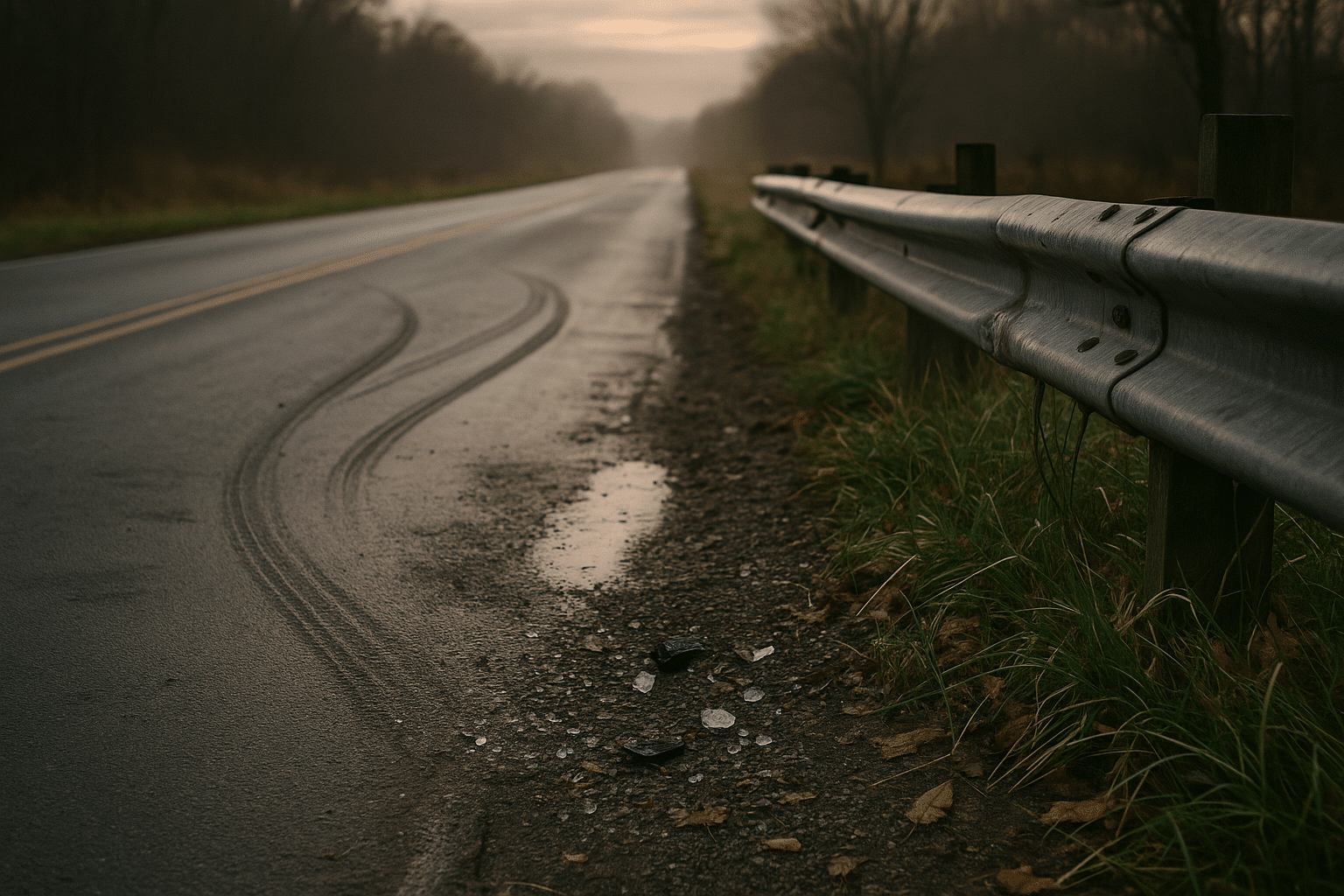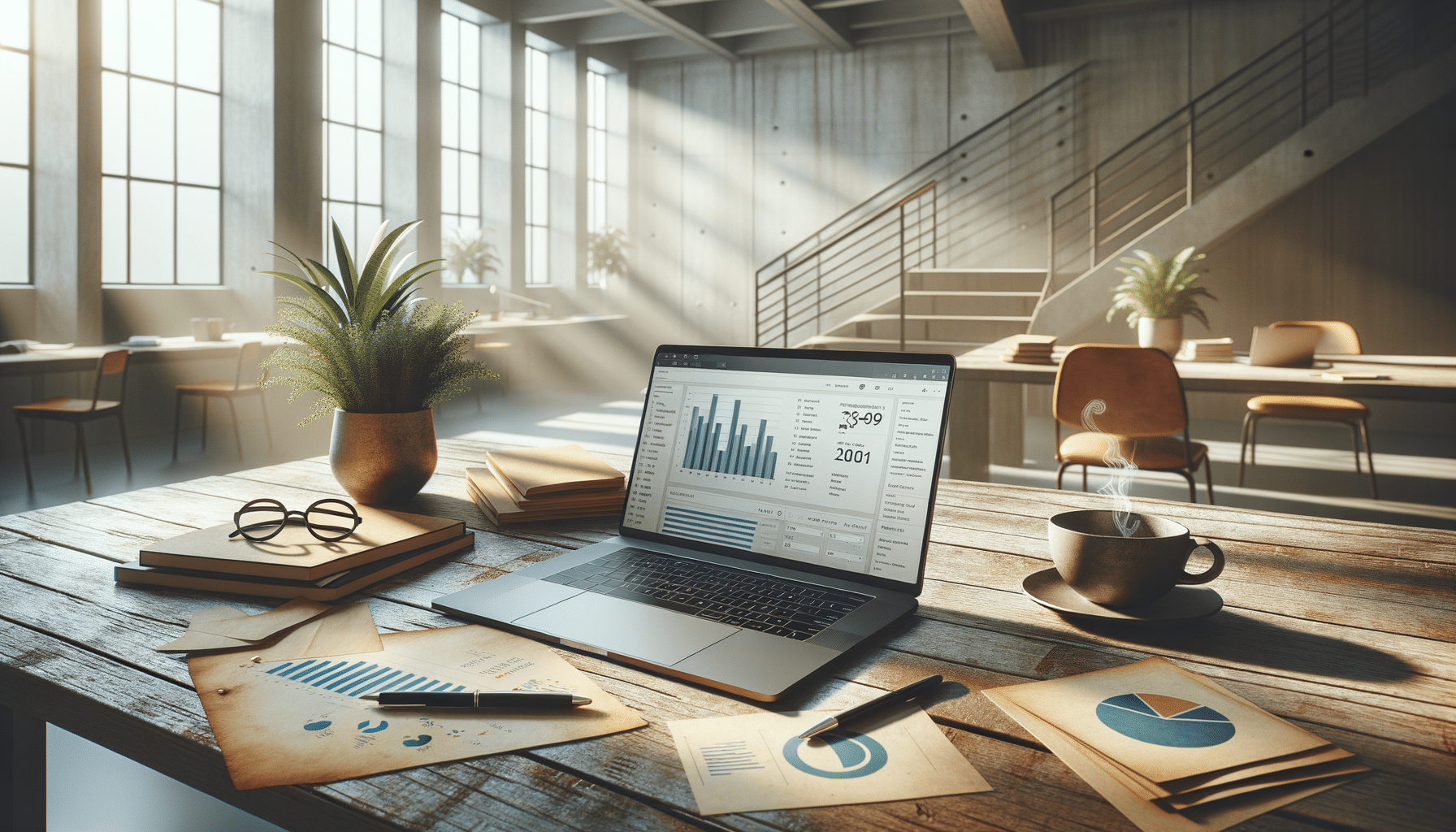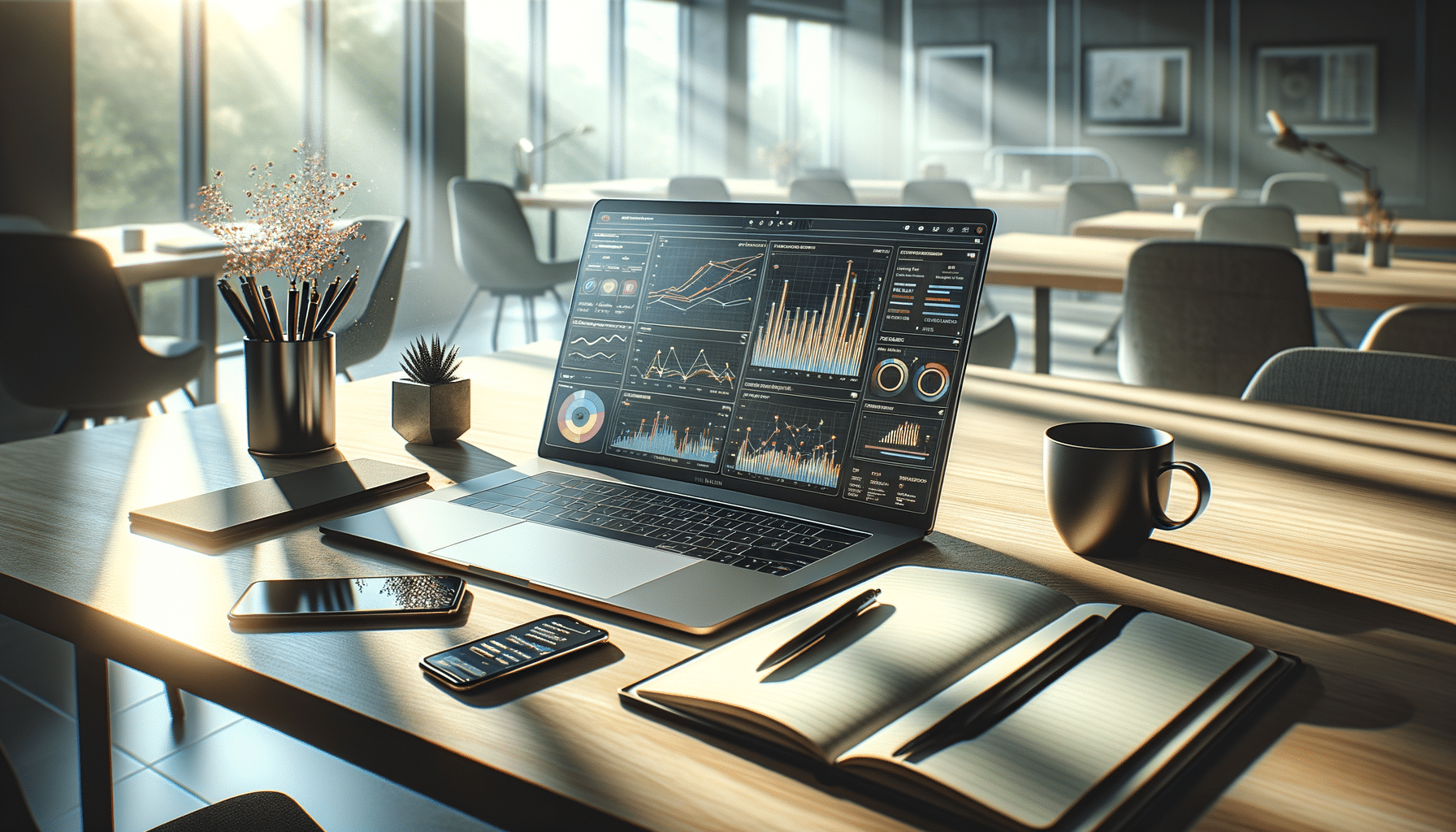
The Influence of Lighting and Composition in Videography
Lighting and composition are cornerstones of videography, transforming ordinary scenes into extraordinary visuals. By understanding and mastering these elements, videographers can craft compelling stories that captivate audiences.
Understanding the Role of Lighting in Videography
Lighting in videography is more than just illuminating a scene; it’s about setting the mood and guiding the viewer’s emotions. According to acclaimed cinematographer Roger Deakins, “Lighting is about creating an emotion.” This insight underscores the impact lighting has on storytelling. Research indicates that 75% of a video’s quality perception is related to lighting, emphasizing its importance in the visual hierarchy.
Types of Lighting
- Natural Lighting: Utilizing sunlight to create a natural look.
- Studio Lighting: Controlled lighting setups that offer consistency.
- Ambient Lighting: The existing light in a setting, such as lamps or streetlights.
The Art of Composition
Composition involves arranging visual elements to create a cohesive and aesthetically pleasing image. It guides the viewer’s eye and enhances the narrative. Renowned photographer Ansel Adams once stated, “A good photograph is knowing where to stand.” This principle applies to videography as well, where framing and angles dictate the story’s flow.
Key Composition Techniques
- Rule of Thirds: Dividing the frame into nine equal parts to position the subject.
- Leading Lines: Using lines to direct the viewer’s gaze.
- Symmetry and Patterns: Creating balance and rhythm.
Practical Tips for Enhancing Your Videography
Experiment with different light sources and angles to discover unique effects that can enhance your storytelling.
Consider the following tips to elevate your videography skills:
- Scout Locations: Visit potential filming sites at different times to assess lighting conditions.
- Invest in Quality Equipment: A reliable set of lights and lenses can make a significant difference.
- Practice Framing: Regularly practice different composition techniques to improve your instinctive eye.
Comparison Table: Lighting vs. Composition
| Aspect | Lighting | Composition |
|---|---|---|
| Purpose | Illuminate and set mood | Arrange elements for balance |
| Tools | Lights, reflectors | Camera angles, framing |
| Impact | Emotion, visibility | Focus, narrative flow |
| Challenges | Natural light variability | Balancing elements |
| Skills Required | Technical lighting knowledge | Artistic vision |
| Examples | Sunlight, studio lights | Rule of thirds, symmetry |
| Outcome | Visual clarity | Aesthetic appeal |
| Role in Storytelling | Sets tone | Guides viewer’s eye |
Frequently Asked Questions
What is the most important aspect of lighting in videography?
The most important aspect is how lighting affects the mood and emotion of the scene.
How does composition influence the viewer’s experience?
Composition guides the viewer’s eye and can enhance the storytelling by emphasizing key elements.
Can poor lighting be fixed in post-production?
While some issues can be corrected in post-production, it’s best to get the lighting right during filming.
Conclusion
Mastering lighting and composition in videography is crucial for creating engaging content. By understanding these elements, you can elevate your storytelling, making your videos more compelling to viewers. Start experimenting with different techniques today and watch your videography skills grow.


